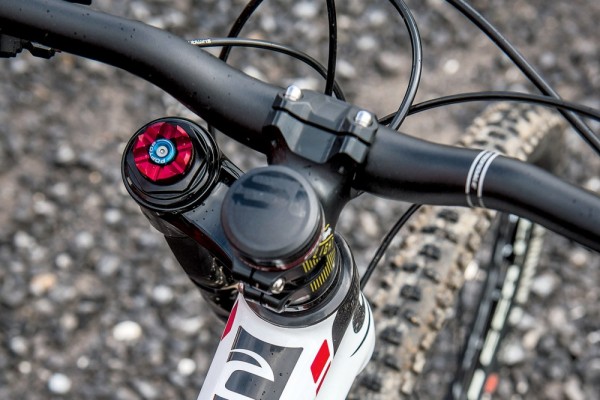What do you call a fork with only one leg? Cannondale’s suspension guru Jeremiah Boobar explains the Lefty
The Cannondale Lefty fork has long been an enigma in mountain biking. It may look weird to the uninitiated but those who have used it often rave about its performance.
We sat down with Jeremiah Boobar from Cannondale to get the lowdown on the strangest fork in the mountain biking market.
>>> Read our review of the Cannondale Jekyll here
Why doesn’t the Lefty twist around in the stanchion?
While the Lefty tubes are round on the outside, internally the inner and outer tubes are machined square. Between these machined flats are rectangular packs of roller bearings that take up all the space, making it impossible for the inner and outer tubes to rotate.
How is the hub stiff enough with just one leg?
The hub has a huge 25mm bearing on the non-drive side that tapers to 15mm, and mates up with Lefty’s one-piece tapered axle/lower leg. It’s also a one-piece design: unlike conventional forks with a threaded junction, the Lefty’s axle is directly attached to the lower tube.
How does the Lefty’s one stanchion accommodate everything?
There’s additional room for the internals between the upper and lower crown. On a conventional fork the damper and spring are in opposite legs, but Cannondale stacks them on top of each other — the air piston is connected to the damper shaft through Cannondale’s Isolated Damper Technology.
Why doesn’t Cannondale rider Jérôme Clémentz use the Lefty?
Jérôme is sponsored by SRAM with a contract to ride a RockShox fork, while Cannondale sponsors his frames. The French rider is involved in Lefty R&D, though, as well as the Jekyll bike and Supermax fork.






